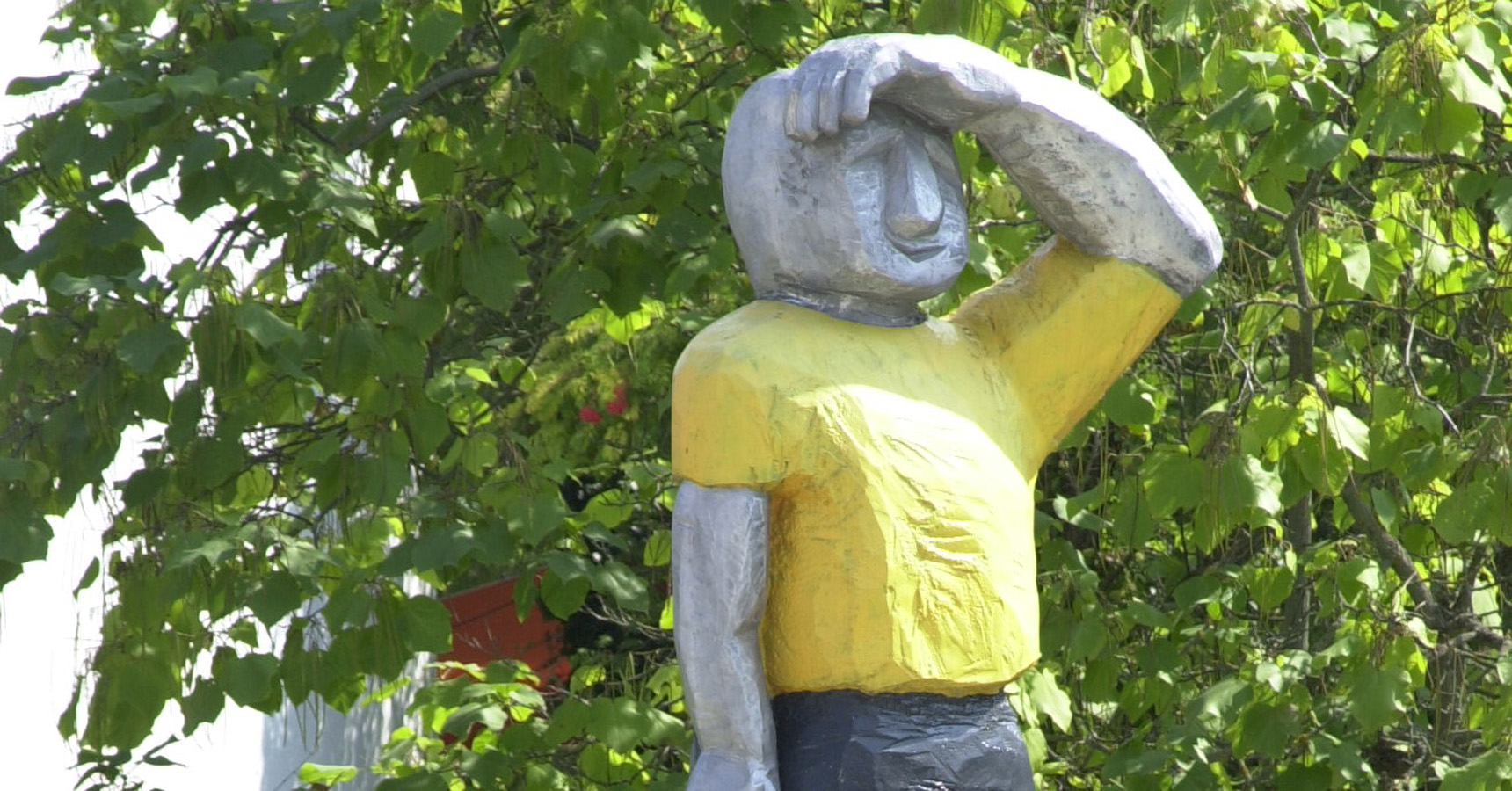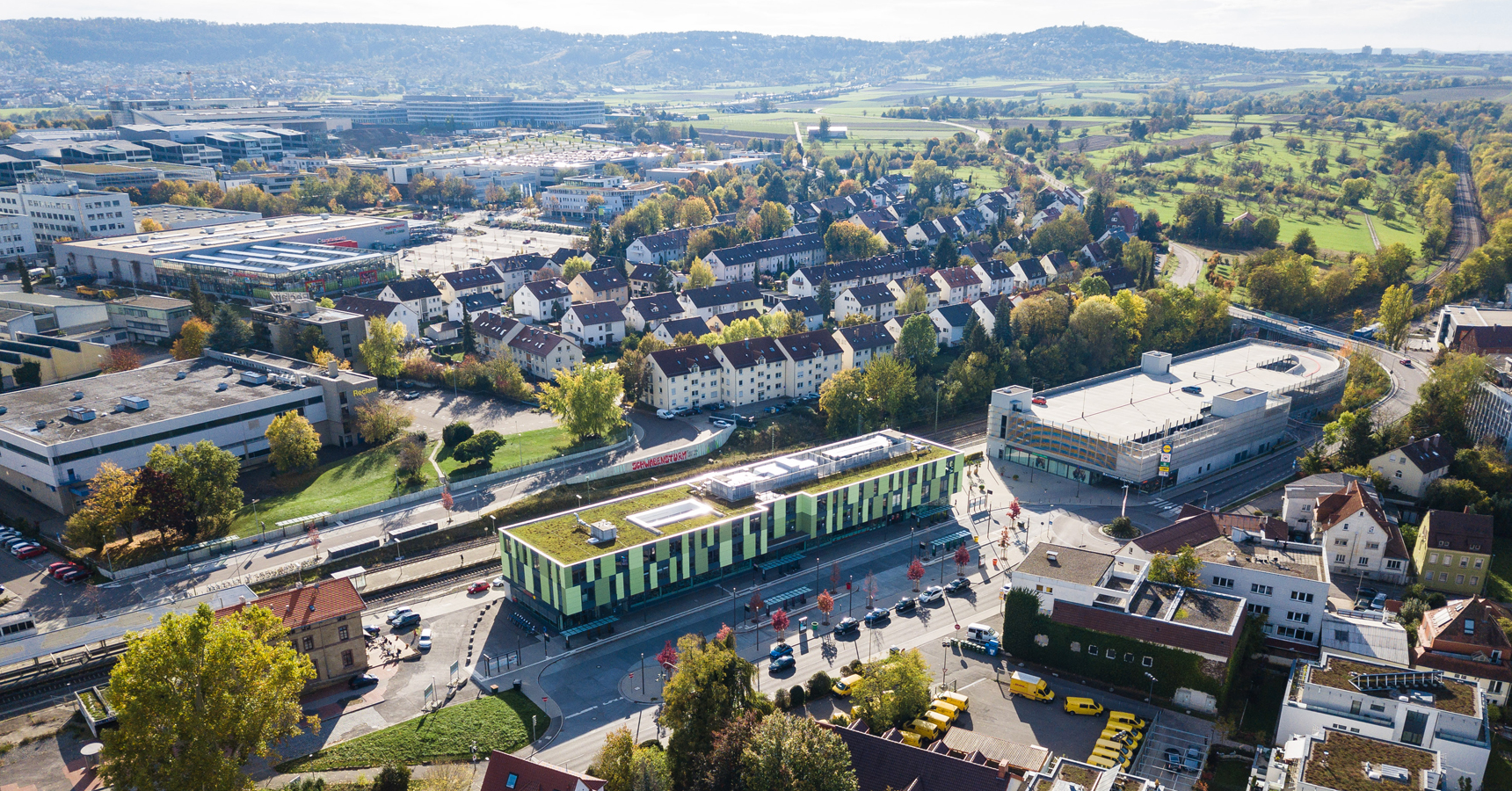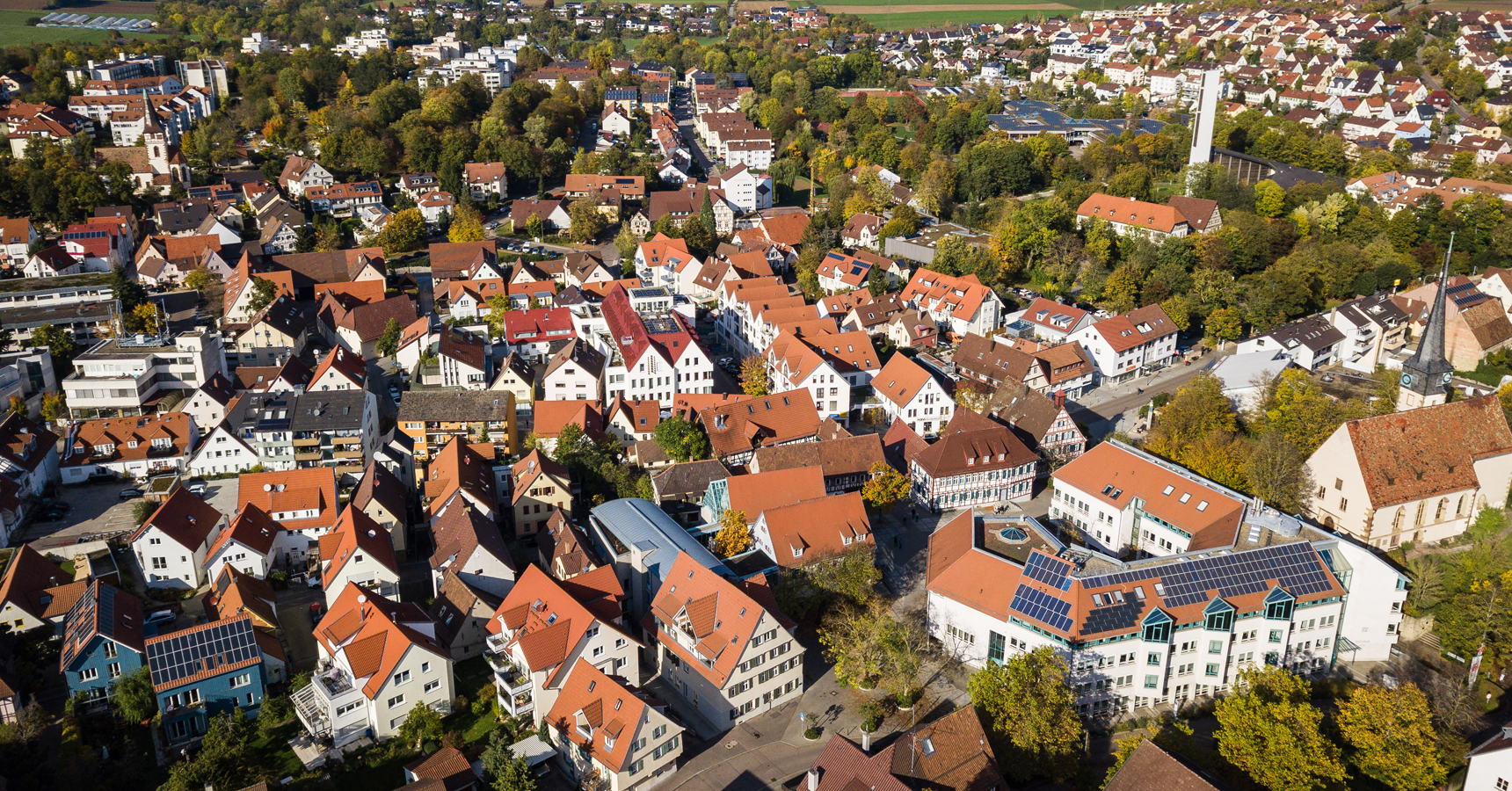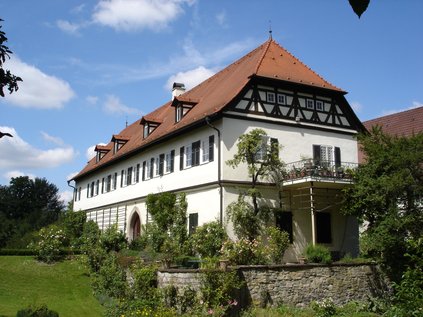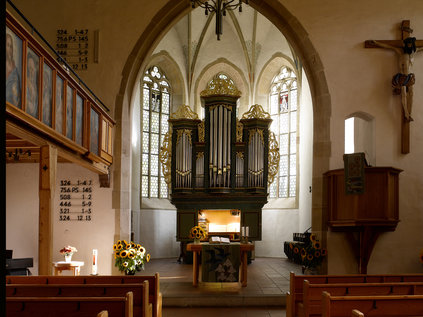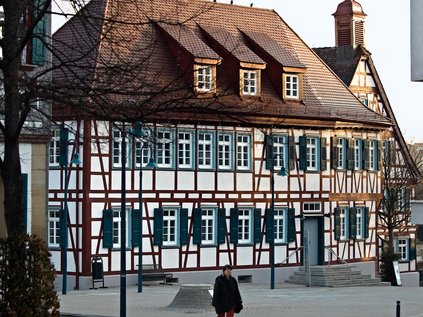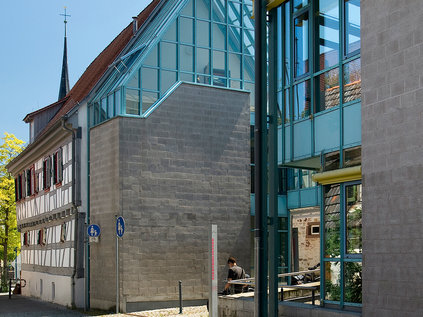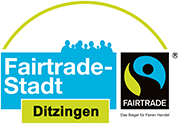History of town
Ditzingen – A major district town in the Strohgäu
Village on the Glems – The Glems has always been the main artery flowing through the Strohgäu region. From the 13th century until the Reformation, it represented the border between the bishoprics of Constance and Speyer dividing “Tizingen”, as it was first referred to in 769 in a deed granted by Lorsch Abbey, into two sections for centuries. Today, the two late Gothic churches and their names are reminders of this division in Ditzingen’s past. The Constance Church, a parish church dedicated to the Virgin Mary and belonging to Hirsau Abbey, was consecrated in 1477. The frescoes, the crucifix, the exquisite choir stall with its carved sides and the two stained-glass windows are reminiscent of the church’s medieval origin. There is a beautiful Baroque organ in this church, which has served as a Protestant parish church since the Reformation. The Speyer Church, first dedicated to Saint Lambertus and later to Saint Margaret and belonging to the Dominican nuns of Pforzheim, was built at the beginning of the 16th century. In the course of the Reformation it lost its status as a parish church. With its tower rising above the delicate choir, this church is a wonderful example of late medieval architecture and has undergone no major changes since it was built.
Half-timber structures dominate the periphery of Ditzingen’s central square, referred to as the Laien. Older half-timber structures – the Three-gabled House, the old town hall from 1738 and the old schoolhouse – are complemented by the modern town hall annex and the large fountain. The Three-gabled House (or Dreigiebelhaus), at one time a complex consisting of two 18th-century farms, now houses the public library and municipal gallery. The old town hall serves as the municipal museum with a permanent exhibit on the local history. Not far away is the manor house, formerly a moated castle belonging to the local aristocracy and beyond it, situated on the way toward the Glems, is the prominent landmark of the modern Catholic church of St. Mary with its bell tower. With four intact mills and many recreational facilities, the Glems valley forms a natural break in the landscape of the Strohgäu surrounding Ditzingen.
History of the different parts of town
Heimerdingen
Hirschlanden
Schöckingen
Important Buildings in Ditzingen
The Old Town Hall from 1738 (today the municipal museum) and the Dreigiebelhaus, or Three-Gabled House, (today the public library and municipal gallery), both located on the central square, bear witness to the modest wealth of the former village in the Strohgäu.
Protestant Church of Ditzingen, the Constance Church:
Late Gothic fortified church structure, consecrated in 1478 to the Mother of God as Our Lady. In the interior the remains of late Gothic frescoes are still visible, along with a crucifix, glass windows dating from around 1500, and a handsome choir stall from around 1300.
The Speyer Church, Ditzingen:
Late Gothic church, built at the end of the 15th century. Up until the Reformation, it served as the parish church for the western section of the village, which belonged to the bishopric of Speyer. It now serves as the Friedhofskirche (Cemetery Church). There is a fine example of reticulated vaulting in the choir.
Ditzingen Manor House:
Former fortress belonging to the local Ditzingen aristocracy in the 12th and 13th centuries. The present-day, two-winged structure was built in the 15th and 16th centuries as a moated castle. The manor house is privately owned.
Historic Buildings in Ditzingen (PDF, 3.6 MB)
From Village to Town
Connection to the railway in 1868 marked a significant turning point in Ditzingen’s history. At the beginning of the 20th century, Ditzingen had a population of approximately 2,000. Industrial jobs in nearby Feuerbach and the presence of industry near the rail lines attracted more and more people to the area. Those seeking a place to live and refugees lead to abrupt population growth following the Second World War, something that completely changed the original character of the village. Connection to the A81 express route and the establishment of medium-sized industrial businesses led to a healthy economic boom.
Granted the status of a town in 1966, Ditzingen had a population of over 20,000 after merging with the communities of Heimerdingen, Hirschlanden and Schöckingen and was made a major district town in 1976.
Today, Ditzingen has around 24,000 inhabitants.

